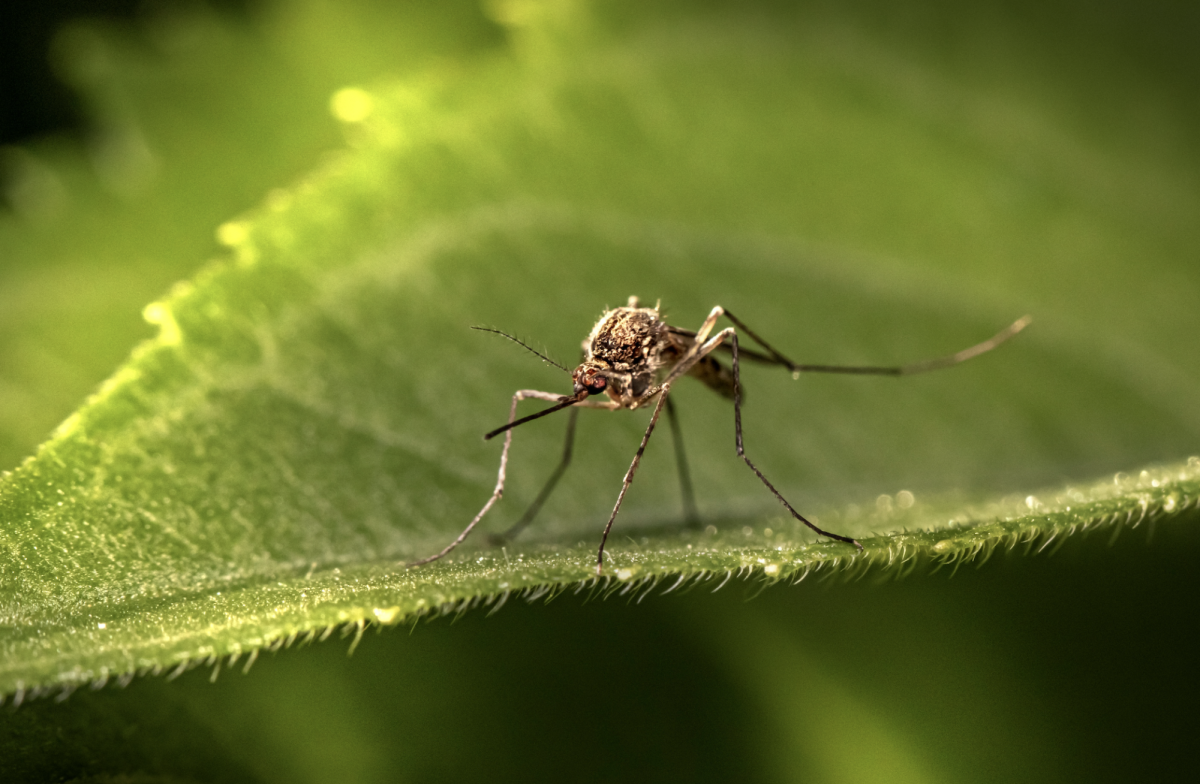The 8-9 and 10/12 Divisions have decided on a new schedule for the 2015-2016 academic year. Rumors from block schedules to “zero hours” have passed through student ears, but as of Feb. 20, a new schedule has been finalized and approved. This new schedule, the culmination of four years of research, consists of a nine-day cycle, with classes meeting for both long and short periods. Extra time is also built into the day for club meetings, common times, and discretionary periods.
The schedule is fairly straightforward: each class has a slot in the schedule every 8 out of 9 days. These slots consist of 2 “long periods” of 74 minutes and 6 “short periods” of 47 minutes, but each subject will only use a certain number of these periods, leaving the rest as drops. Common times no longer take up the space of another class, and 10/12 lunch is built around the classes, adjusted for the length of location of long periods throughout the day. Some days, lunch is split into two, non-overlapping 35-minute periods, but most of the time, lunch is in a combined period, in which half of the 10/12 division starts lunch ten minutes before the other.
Before the start of the year, teachers of each subject will decide how their class time will be divided. The majority of classes will have the choice between three options. These three options will decide how a students’ drop periods are spread across the cycle for one class. A few subjects, however, such as AP Biology and AP 3D Art, need as much meeting time as possible, and will meet for the whole time. In the following examples, the class meets during block “A.”
First Option
 The first option meets for six short periods and one long period. Since the class is in the schedule 8 out of 9 days and there are only 7 meetings, one short period is dropped. One of the long periods, then, is shortened to the length of one short period of 47 minutes. This means that in one cycle, the class would drop for a full 47 minutes one day, and then have a 27 minute break another.
The first option meets for six short periods and one long period. Since the class is in the schedule 8 out of 9 days and there are only 7 meetings, one short period is dropped. One of the long periods, then, is shortened to the length of one short period of 47 minutes. This means that in one cycle, the class would drop for a full 47 minutes one day, and then have a 27 minute break another.
Second Option
 A second option is eight shorts, an option preferable for classes that need to meet as frequently as possible without needing as much time. This option would shorten both the long periods in the cycle to short periods, giving the class two 27-minute breaks.
A second option is eight shorts, an option preferable for classes that need to meet as frequently as possible without needing as much time. This option would shorten both the long periods in the cycle to short periods, giving the class two 27-minute breaks.
Third Option
 The third option is five short periods and 2 long periods. As opposed to the eight short option, a class with this schedule would keep the two long periods, and instead take out one short period, giving students one 47-minute drop.
The third option is five short periods and 2 long periods. As opposed to the eight short option, a class with this schedule would keep the two long periods, and instead take out one short period, giving students one 47-minute drop.
While this may seem like a reduction of drop periods, a student with an open slot (similar to current everyday free periods such as “8th period free every day of the cycle”) will have two, 74-minute long frees a cycle, freeing up a considerable amount of time for studying and nap time.
The idea of a schedule change itself arose around 4 years ago, when a group of faculty tried to find new ways to incorporate regular community time into a schedule that had remained unchanged for almost 20 years. “Three years ago we ran an experiment for the year where we had a 20-minute assembly on Mondays and Thursdays after lunch. The way we did that was we had the fifth and sixth period classes overlap,” 10/12 Division Head David Kim said. The problem, however, was that lunch was much too short. In the summer of 2011, a committee was formed to look at the schedule as a whole and discuss what could be changed. “The goal going in was: How can we make this school a little bit less stressful for students?” Kim said.

The fact that that classes meet eight out of nine days allows for longs to have no overlap and gives space for common times without taking up free periods. On some days, lunch is staggered by ten minutes, which allows friends to eat as a group and keeps clubs from being split into two sections. Clubs now have their own time to meet, and those who don’t have a club during that time have a guaranteed drop. For a typical student that doesn’t have a full schedule (6 classes), a class’s “free period” will still be a full drop, with more time, in fact, due to full drops during long periods.

Due to a single lunch, the 8-9 schedule remains a bit more synchronized than the 10-12 schedule. However, the short period drops on both schedules will occur primarily on days where there are no longs, such as example Days 3 and 6 for 10-12, and example Days 3 and 5 for 8-9.













